


IAEA and DOST-PNRI officials during their visit with Secretary Raphael Lotilla of the Department of Energy (Top Photo), with DOH Secretary Dr. Teodoro Herbosa (Bottom Left Photo) and newly-appointed Department of Agriculture Secretary Francisco Tiu Laurel Jr (Bottom Right Photo)


IAEA DDG Liu and Director Abaya meeting with DepEd Undersecretary Gina Gonong (left photo) and DA Assistant Secretary Paz Benavidez II (right photo)
Top int’l atomic energy officials check out nuclear S&T developments in PH
In a bid to keep up with the country’s recent strides in nuclear science and technology, officials of the International Atomic Energy Agency (IAEA) visited the Philippines early November this year to take part in important events and meet with leaders.
Dr. Hua Liu, IAEA deputy director general, and Dr. Jane Gerardo- Abaya, director of the Division for Asia and the Pacific under the IAEA Department of Technical Cooperation, witnessed several major developments in nuclear science, technology and innovation in their recent visit to the country.
National Stakeholder’s Meeting on Plastic Recycling through Radiation Technology
At the National Stakeholders Meeting on Plastic Recycling through Radiation Technology held on November 6 in Quezon City, Department of Science and Technology (DOST) Secretary Dr. Renato Solidum Jr., DOST-Philippine Nuclear Research Institute (PNRI) Director Dr. Carlo Arcilla and other stakeholders from the government and private sectors agreed together that radiation technology can help address plastic pollution.
“We are working towards a plastic-free ocean for the next generation. These national stakeholder meetings demonstrate our collaborative resolve and propel us closer to the day where we can say that we have defeated plastic pollution.
“Working together innovatively and sustainably, I am sure that we shall prevail,” said Deputy Director General Liu.
Inauguration of the PHILGamma Facility
The IAEA officials also witnessed the inauguration of the PHILGamma Multipurpose Irradiation Facility (MIF) at the PNRI Compound in Quezon City, which has recently been upgraded to a fully-automated commercial irradiator that will mean higher capacity and broader application that translate to higher income for industry partners.
They were joined during the event by Congressman Mark Cojuangco, chairperson of the House Special Committee on Nuclear Energy, as well as Director Arcilla and members of the PNRI Senior Staff.
“It’s an honor to raise a toast to you all for this great achievement, and the primary reason for this great achievement is the resilience and perseverance of the Filipino people,” said Director Abaya, as she applauds the PNRI for finally carrying through the upgrading despite the technical and financial challenges of such a massive project, particularly those brought about by the COVID-19 pandemic.
Collaborations with National Government Agencies
During the week, the officials also went on courtesy calls and meetings with several national government agencies, including the DOST, Department of Energy (DOE), Department of Health (DOH), Department of Education (DepEd) and the Department of Agriculture (DA). They were joined by PNRI officials to promote nuclear and radiation applications to various sectors.
With the DOE spearheading the Nuclear Energy Program Inter-Agency Committee (NEP-IAC), Secretary Rafael Lotilla met with the officials to discuss the recent developments on the bill for the Philippine National Nuclear Safety Act before Congress, as well as the current national strategy for the inclusion of nuclear power in the energy mix.
Meanwhile, DOH Secretary Dr. Teodoro Herbosa expressed his gratitude and acknowledgement of the IAEA’s role in advancing nuclear medical applications, particularly its support in several programs and initiatives for cancer control. DOH also continues to collaborate with DOST involving Positron Emission Tomography/Computed Tomography and radiopharmaceutical technologies.
DepEd Undersecretary Gina Gonong also expressed their department’s commitments to support PNRI as the Philippines embarks on hosting the first ever International Nuclear Science Olympiad (INSO). The IAEA commends the continued partnerships between DepEd and DOST in the process of integrating nuclear science in science subjects for secondary schools, as well as the country’s pioneering efforts in organizing the INSO, while also exploring continuous cooperation through teacher training and resource materials on nuclear S&T.
The officials held a meeting with the newly appointed DA Secretary, Francisco Tiu Laurel Jr. to discuss the wide range of nuclear applications in food and agriculture such as in the field of mutation breeding and radiation processing, among others.
The IAEA officials also unveiled a marker at the historic Philippine Research Reactor – 1 in Diliman, which was recently reopened as a Subcritical Assembly for Training, Education and Research (PRR-1 SATER).
The first and only operating nuclear reactor facility in the country, the establishment of the PRR-1 SATER received significant support from the IAEA Technical Cooperation Programme.
The IAEA TC Programme is the means through which the agency supports and fosters the development of nuclear technology and innovations among its Member States.
The Philippines became a Member State of the IAEA in 1958.
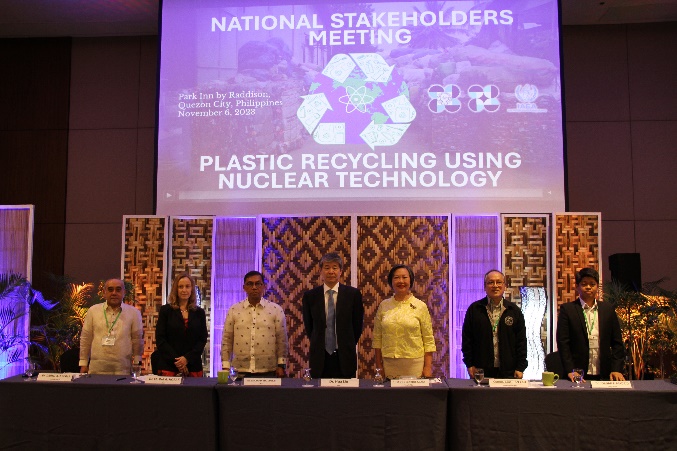
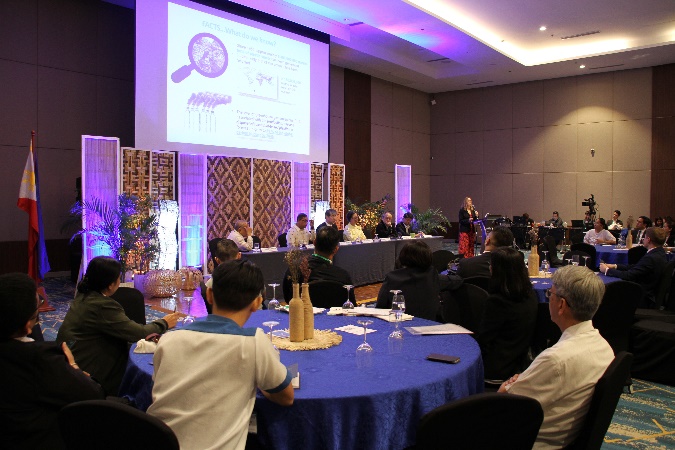
Officials from the International Atomic Energy Agency were among the keynote speakers at the National Stakeholders Meeting on Plastic Recycling Through Radiation Technology on November 6, 2023 in Quezon City.
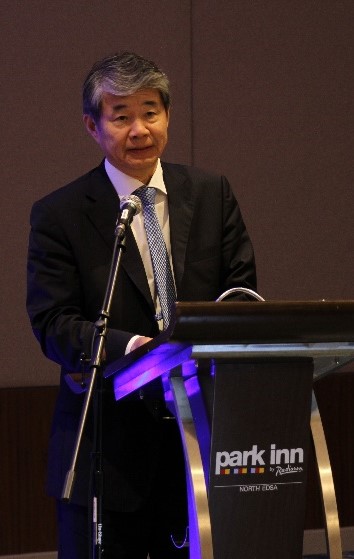
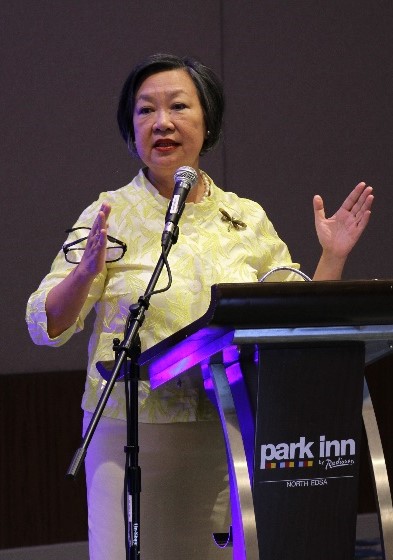
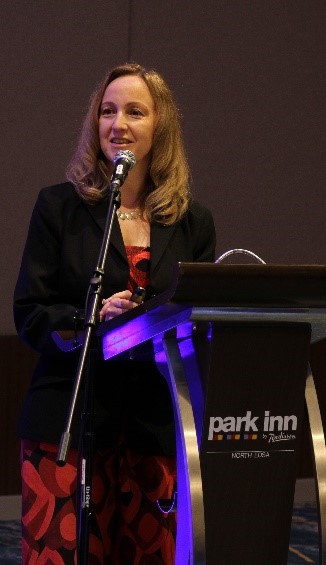
From left to right: IAEA Deputy Director General Hua Liu, Dr. Jane Gerardo- Abaya, Director of the Division for Asia and the Pacific, IAEA Department of Technical Cooperation and Dr. Celine Horak, head of the IAEA’s Radioisotope Products and Radiation Technology Section.
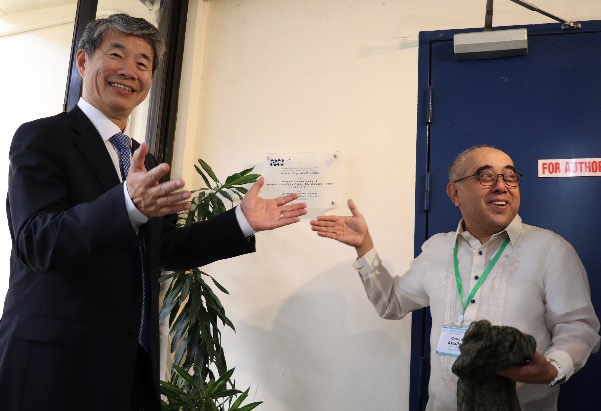
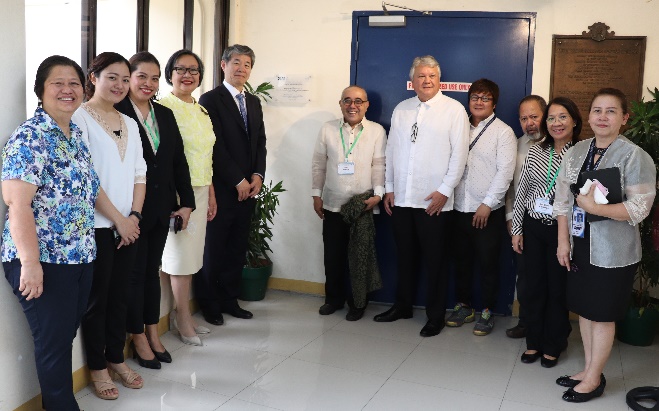
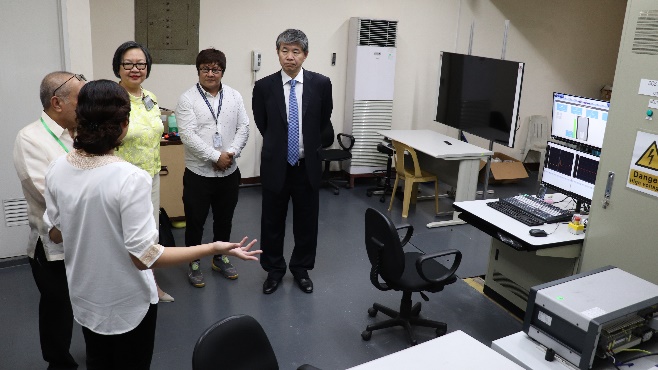
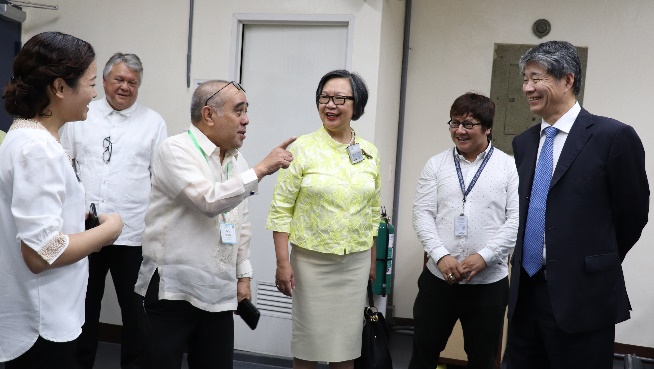
IAEA Deputy Director Liu, Director Abaya, Congressman Cojuangco and Director Arcilla with other PNRI officials during the unveiling of the IAEA marker at the PRR-1 SATER, the first and only operating nuclear reactor facility in the country.












































